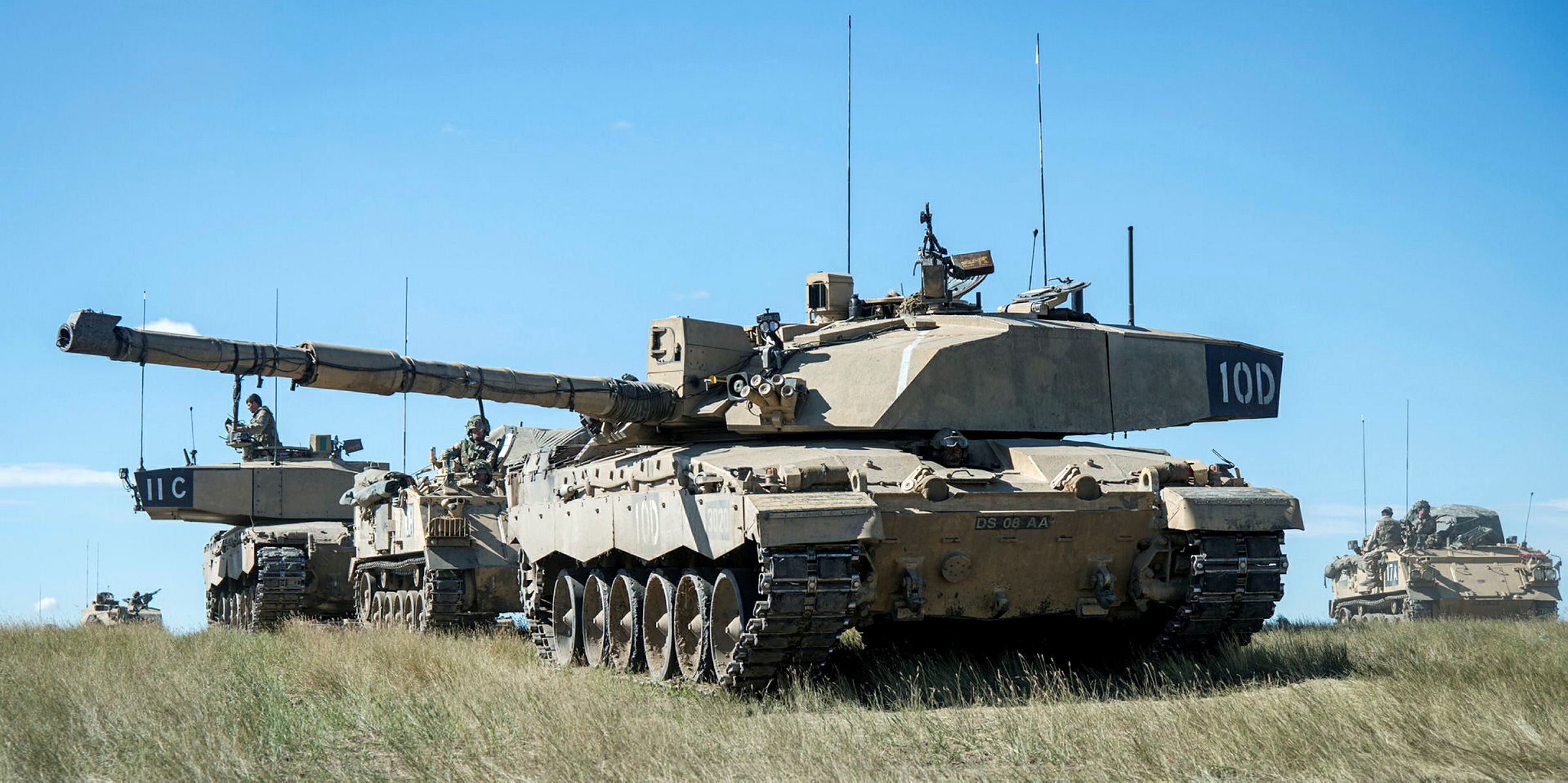Challenge
Discovery and Invention for Future Sonar Advantage was an open call for proposals made via the Defence Science and Technology Laboratory (Dstl)‘s Centre for Defence Enterprise (CDE). The call sought responses within a small number of broad technology areas related to future sonar systems. The remit was to explore technologies capable of giving the Royal Navy (RN) a step change in capability; the work was required to be completed as a short study that resulted in a demonstration.
Approach
We decided to look at biological echolocation as a source of inspiration for the research call. It is well known that cetaceans (whales and dolphins) have an exceptionally well-developed acoustic capability, and have proven themselves in areas and water conditions that leave man-made sonars virtually blind.
We also teamed with the Institute of Sound and Vibration Research (ISVR) at the University of Southampton, who have developed a number of bio-inspired algorithms that have shown potential for reducing clutter in sonar images, particularly in bubbly environments. The key aspect of these techniques was in attempting to understand the way in which marine mammals echolocate using repeated clicks at different amplitudes. It appears that this method manipulates the behaviour of bubbles entrapped in the water, with click repetition being used to compare linear and non-linear target responses directly. This, in turn, improves clutter reduction and target response.
The work programme employed a prototype wideband 1-3 composite transducer, which had a frequency response that broadly mapped that used by bottlenose dolphins in the wild. Various experiments were carried out in Southampton’s unique test tank in the presence of a bubble cloud using a number of bio-inspired processing techniques and synthetic dolphin chirp signals. The study showed the potential improvements that could be achieved using some of the algorithms in the presence of bubble clouds.
Output
The team produced an experimental test rig that was capable of generating and recording the signals accurately and transmitting them through a test tank in which we could control the bubble population. The output of the project was a report that explored the experimental findings and looked at some of the potential defence applications for the techniques.
The project was down-selected for a further study and will be carried through to phase 2 to examine the use of the algorithms in real experimental conditions.
Feedback
“Dstl is committed to supporting innovation from UK industry and realising the benefits from exciting technology like this for the RN.”



